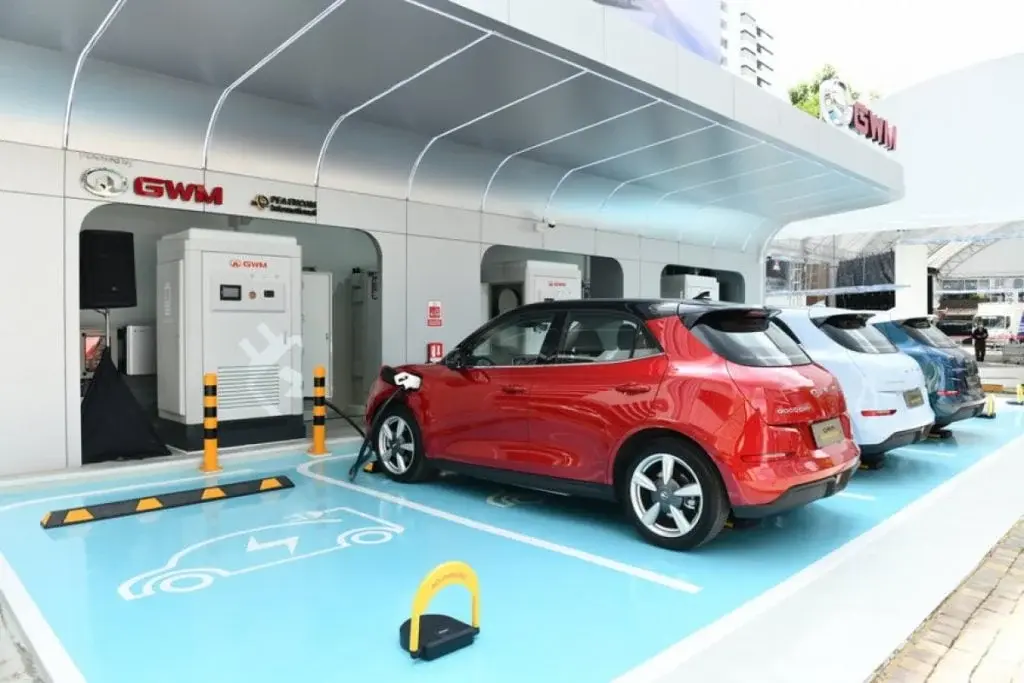Key Takeaways
1. Researchers at BAM are developing a sodium super-ionic conductor (NASICON) electrolyte to improve solid-state batteries beyond lithium-ion technology.
2. Switching from graphite anodes to metallic lithium or sodium could increase energy density by up to 40%.
3. A liquid alkali-metal anode can produce 100 times more power than graphite, but current usage requires high temperatures (250°C).
4. NASICON materials effectively conduct ions at room temperature and tolerate potassium, but finding alternative stabilizing dopants is essential due to hafnium’s rarity and cost.
5. Successful development of sodium-based solid-state batteries could lead to safer, faster charging, and more sustainable energy systems for everyday applications and electric vehicles.
Researchers at the Federal Institute for Materials Research and Testing (BAM) in Germany are rethinking solid-state batteries to surpass the limits of current lithium-ion cells. Their work focuses on a new sodium super-ionic conductor (NASICON) electrolyte, which has the potential to enable quicker charging, longer lifespans, and reduced costs, all while maintaining safety.
Advancements in Battery Technology
Traditional lithium-ion batteries use graphite anodes, which can only hold a limited amount of ions. By switching to metallic lithium or the more affordable and abundant sodium, energy density could increase by up to 40 percent. However, solid anodes require a solid electrolyte, and the hard interface between them often creates gaps that render the battery ineffective. A partially liquid anode could address this interface issue, but it must remain stable throughout.
Breaking New Ground with NASICON
The team at BAM, directed by visiting researcher Gustav Graeber, has demonstrated that a liquid alkali-metal anode can produce 100 times more power than graphite. Currently, this impressive output is achievable only at around 250°C (482°F). To lower the temperature for practical use, the researchers are incorporating potassium to decrease the anode’s melting point. Unfortunately, most solid electrolytes deteriorate when in contact with potassium, leading to a new challenge for the electrolyte.
NASICON materials are addressing this challenge effectively. They are capable of conducting ions well at room temperature and can tolerate potassium, especially when enhanced with hafnium. However, hafnium is both rare and costly. Thus, the BAM team is exploring more readily available dopants that could replicate hafnium’s stabilizing properties. The most effective combinations are already being tested and cycled in prototype sodium cells.
Future Implications
Should their research prove fruitful, sodium-based solid-state batteries may transition from laboratory settings to everyday applications and electric vehicles. The increased energy density would prolong usage time, while solid electrolytes would enhance overall safety. Quicker charging and a supply chain reliant on abundant sodium instead of rare lithium and cobalt would also make this technology appealing for grid storage, marking a significant yet gradual move towards more sustainable energy systems.
Source:
Link





